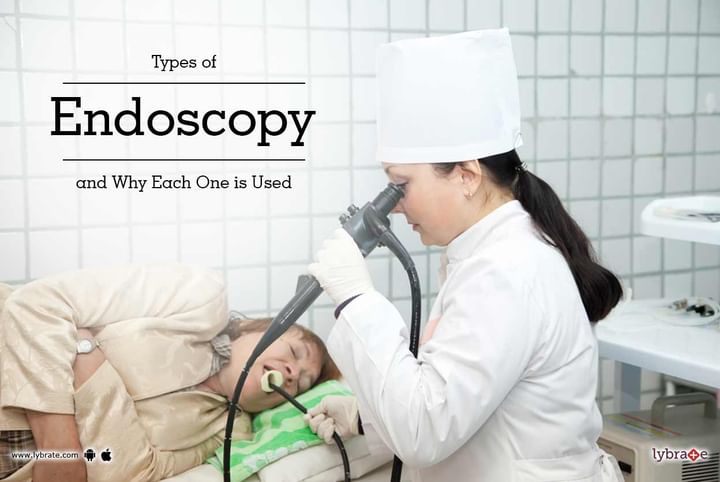Types of Endoscopy and Why Each One is Used
A cut on your skin can be seen by the naked eye, but injuries and infections to internal organs are not so easily visible to the eye. The procedure to view and operate on the body’s internal organs is known as an endoscopy. An endoscopy is performed using a flexible tube with a camera attached at one end known as an endoscope. This is inserted into the body though a natural opening in the body such as the mouth or through a small incision on the body.
While the camera gives the doctor a view of the internal organs, forceps or a pair of scissors can be used to operate or remove tissue that needs to be biopsied. Since an endoscopy is performed without making large incisions, it negates the development of scarring.
Types of Endoscopies
Endoscopies can be used for both diagnostic and therapeutic purposes. It is also one of the means for early detection of cancer. There are 11 main types of endoscopies which include:
1. Arthroscopy: This is used to get a closer look at joints. In such cases, the endoscope is inserted into a small incision near the joint being examined.
2. Bronchoscopy: This procedure is used to examine a patient’s lungs. It involves the insertion of a scope into the nose or mouth to give a view of the lungs.
3. Colonoscopy: In this procedure, a scope is inserted through the anus to get a view of the colon.
4. Cystoscopy: When the bladder needs to be examined closely, an endoscope is inserted through the urethra. This is known as a cystoscopy.
5. Enteroscopy: This is a procedure where the scope is inserted through the mouth or anus to get a look at the small intestines.
6. Hysteroscopy: Here a scope is inserted through the vagina to get a look at the inside of the uterus.
7. Laparoscopy: It is an endoscopy to examine the abdominal area is known as a laparoscopy. This scope is inserted through an incision in the abdomen.
8. Laryngoscopy: This type of endoscopy involves inserting a scope through the mouth or nose to examine the voice box.
9. Mediastinoscopy: By inserting a scope into an incision above the breastbone, doctors can get a look at the area between the lungs. This is known as a mediastinoscopy.
10. Upper gastrointestinal endoscopy: Examining the esophagus and upper intestinal tract by inserting a scope through the mouth is known as an upper gastrointestinal endoscopy.
11. Ureteroscopy: This procedure is used to examine the patient’s ureter by inserting a scope through the urethra.



+1.svg)
